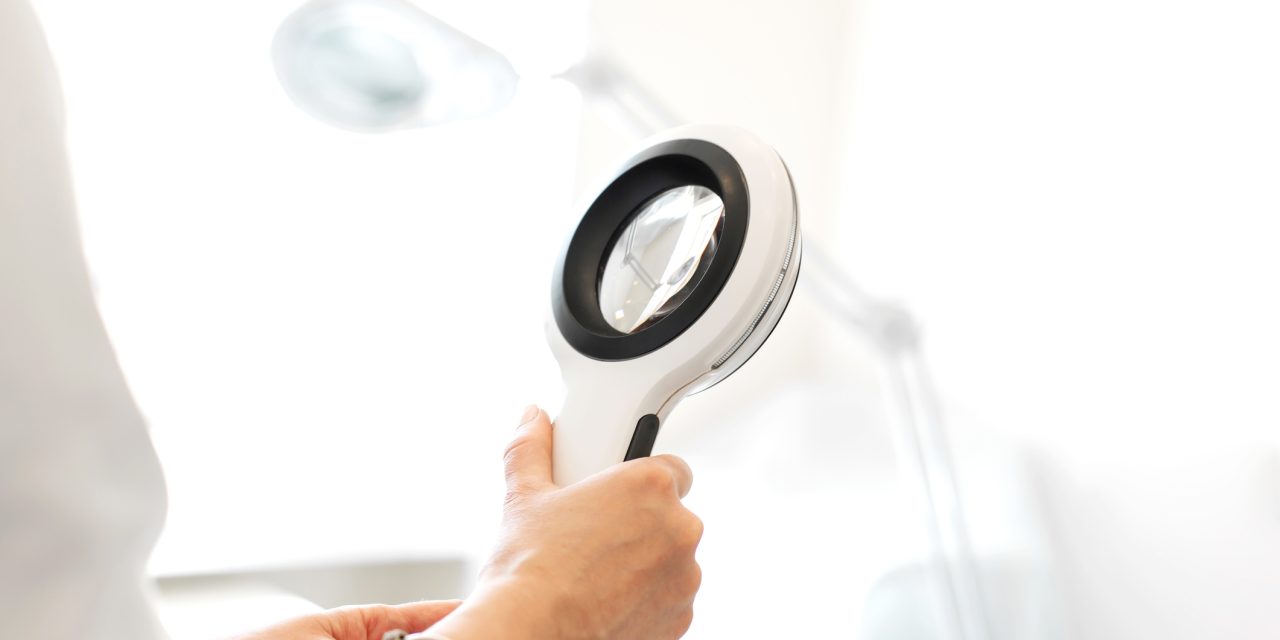The best therapy for atopic dermatitis sufferers demands an understanding of the disease’s pathogenetic components as well as time-consuming attention to the disease’s progression in each individual patient. Affected skin barrier function, probable provocation factors, and psychological issues must all be considered in the treatment approach. Basic therapy should include good skincare and, if feasible, rigorous avoidance of triggering situations. During acute exacerbations, topical glucocorticoids in conjunction with traditional antihistamines with sedative effects were still the medications of choice, resulting in quick symptom alleviation in the majority of patients. For aggravated atopic dermatitis, UVA1 phototherapy was shown to be a glucocorticoid-equivalent alternative therapy. If Staphylococcus aureus superinfection was present, isolated lesions can be treated with topical antiseptics, but a general superinfected eczema should be treated with systemic staphylococcal-effective antibacterials.
Cyclosporin or extracorporeal photochemotherapy was only used in individuals with severe atopic dermatitis who failed to respond to prior treatments. Improvements in antipruritic therapy alternatives, topical administration of immune modifying treatment methods or phosphodiesterase inhibitors, and maybe Chinese herbal medicines and psychological intervention tactics are all promising future therapeutic approaches.
Reference:link.springer.com/article/10.2165/00128071-200001010-00004


